This has probably happened to you, or maybe even you were the culprit.
You walk out to the pickleball court to play with a new group and you are getting ready to start a rec game. Your new partner asks you, “What side do you play?” It’s awkward.
Maybe you both only play the left or right side. Maybe you have a level of fear or anxiety of playing one side versus the other.
Here are three advantages to being able to play both sides of the court.
It opens up the strategic playbook for you and your partner
In professional pickleball, we are starting to see a shift in strategy between partners. For the first time in a long time, teams are now playing "straight up" and not stacking as much.
This could be a result of the game getting faster with more spin, or maybe it's a result of players developing and feeling comfortable on both sides. Regardless, it is becoming a real factor and it needs to extend to the amateur level, too.
How to Stack in Doubles Pickleball
Have you ever tried stacking in pickleball? We explain what it is, when it’s best to implement and why it can take your game to the next level.
 The Dink PickleballJason Flamm
The Dink PickleballJason Flamm
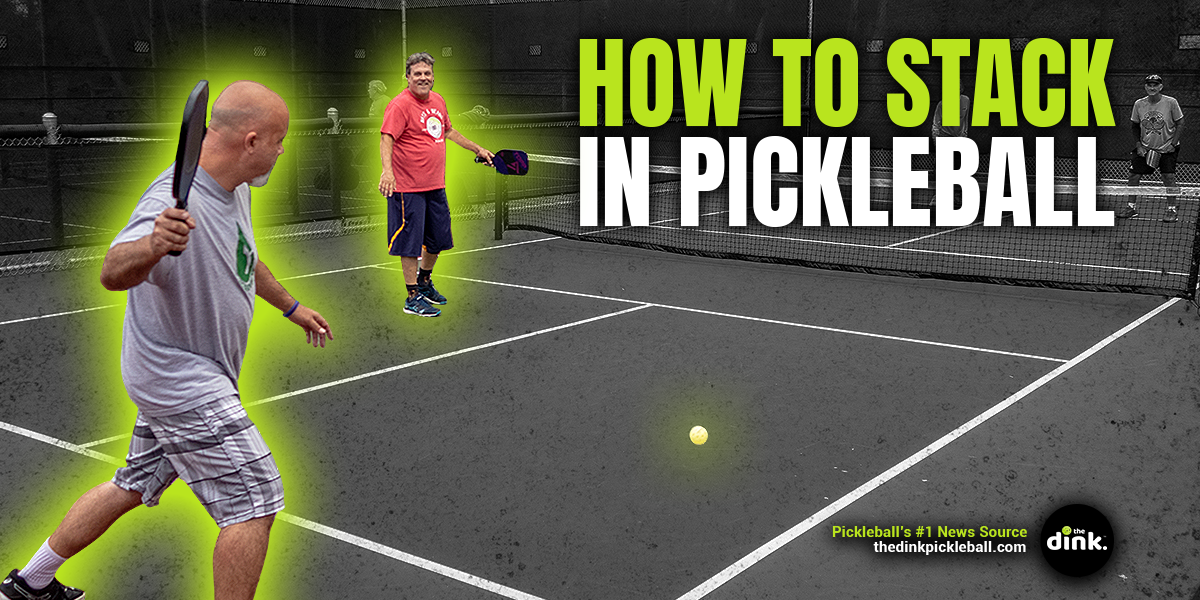
Being able to play good pickleball on both sides of the center line is crucial from a strategy standpoint. Winning pickleball points is about patterns and matchups, and if you are limited to only playing from one side, it eliminates 50 percent of those possible dink/drop patterns and limits you to being across from the same person the entire time.
Let’s create a hypothetical scenario to further illustrate. Let’s say you and your partner are playing two other amateurs, and one of your opponents can’t hit a backhand dink to save their life (and is thus lined up on the right). If my partner is on the right side, they should be able to roll a forehand dink to that weaker opponent’s backhand side consistently.
Let’s say in this situation my partner can’t hit this shot for some reason. Luckily, I feel comfortable on both sides of the court, and I tell my partner we should switch so that we can get into the pattern that enables me to hit my forehand dink right into the weaker opponent’s backhand, which will get us unlimited pop ups that we can put away.
This is a great example of why being able to play both sides can be crucial for in-game strategy.
It can keep your opponents guessing and is a great change-up
In a way, this is an extension or spinoff of my first advantage, but from a different angle.
Let’s say for some reason you and your partner are just not winning points on your normal sides of the center line. You aren’t playing poorly necessarily, but you just aren’t able to convert. This is when switching sides – even for just a point or two – can be a fantastic idea. Maybe whoever started the game on the right is able to hit a forehand drive better from the left and give your team an offensive spark. Maybe your partner is struggling to his consistent backhand dinks from the left and you are feeling steadier hitting that shot that day.
Just as switching sides can open up the playbook, it can also help you mask any shortcomings or difficulties you might be experiencing on any given day. Nobody is going to play their best every time they step onto the court, and being adaptable and able to switch sides can be the key to finding a way to win in this situation.
Five Tips for Leveling Up Your Kitchen Play
Sharpening your skills and strategy at the kitchen line can make all of the difference for your pickleball game. We share some tips and strategies for you to consider.
 The Dink PickleballJason Flamm
The Dink PickleballJason Flamm
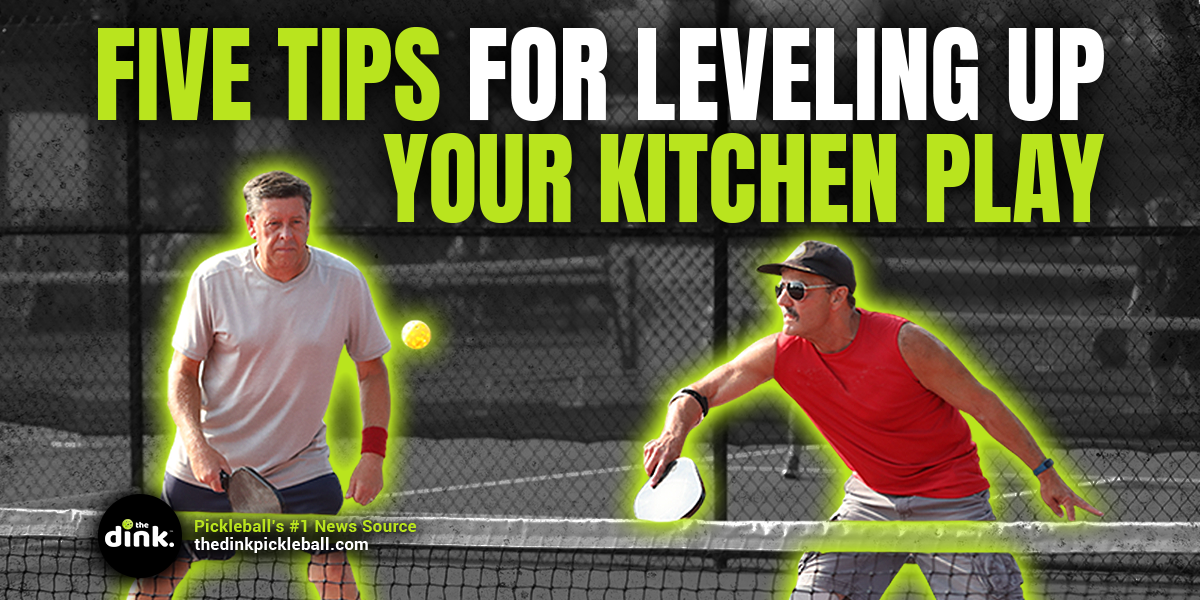
Not only can switching sides provide a spark for you and your partner or help you overcome your issues, but it will also force your opponents to think and disrupt their rhythm. Pickleball scoring runs happen when a team gets hot and finds a pattern or a play that works. If you can switch sides to give your opponents a new look, you can stop a scoring run in its tracks and keep your opponents guessing.
Being able to play both sides makes you a more desirable partner
Shoutout to all my lefties out there. This part is for you, and I hope you haven’t been reading this and thinking surely this doesn’t apply to me.
It is true that lefties will almost always want to be on the right side. But what happens if you get paired with another lefty (I realize this is rare), or with someone who can only play the right? Even as a lefty, you want to be able to play some on the left. At least enough to feel comfortable.
Being able to play both sides makes you more desirable as a partner, which is key when playing with players at the same skill level or ideally a little bit better than you. You will be ready to play mixed doubles, or partner with a lefty (or righty) in gender doubles. You will be ready to step in and switch sides should it be needed from a strategy standpoint. More importantly, you will avoid some of the boredom that comes from only playing one side.
Pickleball Hand Signals You Need to Know
When playing doubles pickleball, communication between you and your partner is key. Here is a guide to pickleball hand signals you need to know.
 The Dink PickleballJason Flamm
The Dink PickleballJason Flamm
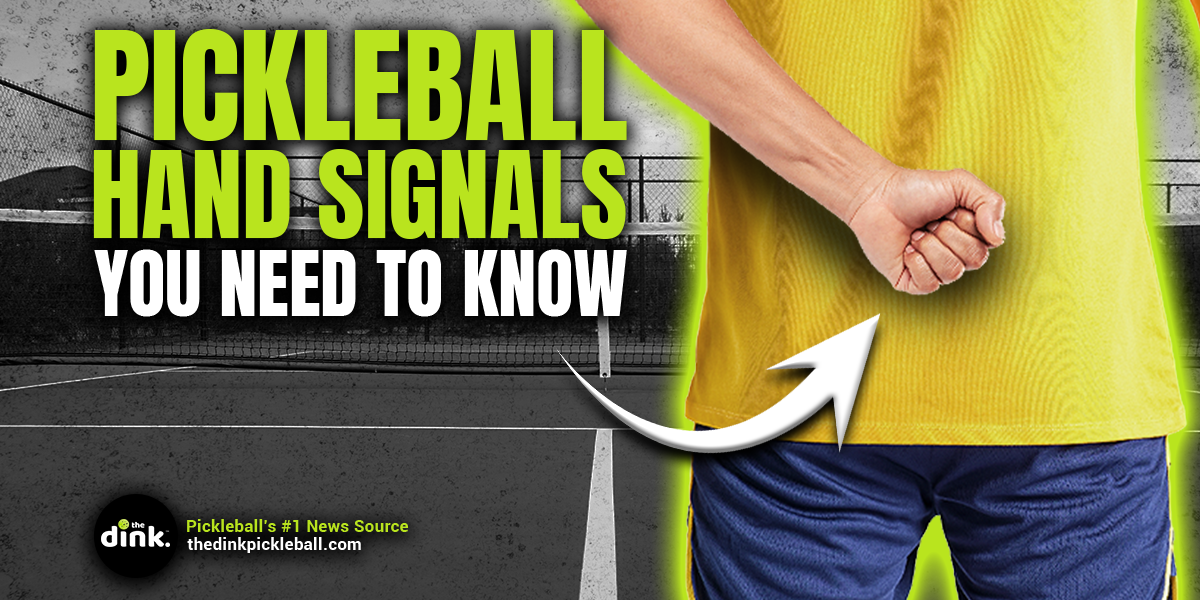
One last little bonus from being able to play both sides – you will develop as a player more quickly. Both your forehand and backhand dinks, drops, drives and counters will get better if you force yourself to get reps from both sides of the center line.
Your backhand drive will improve if you switch over and play the right. Your forehand in the middle speed up will develop if you switch over to the left side. Versatility and adaptability are two of the most important characteristics in pickleball. You will get better at both when you are more comfortable crossing the center line.
I hope having read this you no longer think of the pickleball court as having a left and a right side. When someone asks you what side you play, you should say "I will defer to you – I am comfortable on either side."
Enjoy the grind, and remember, you can’t dink all day if you don’t start in the morning.
Anuncie Aqui / Advertise Here
Sua marca para o mundo Pickleball! / Your brand for the Pickleball world!

 English
English  Spanish
Spanish  Portuguese
Portuguese  German
German  Italian
Italian  Japanese
Japanese  French
French  Polish
Polish  Russian
Russian  Netherlands
Netherlands  Hungarian
Hungarian  Turkish
Turkish  Videos
Videos 
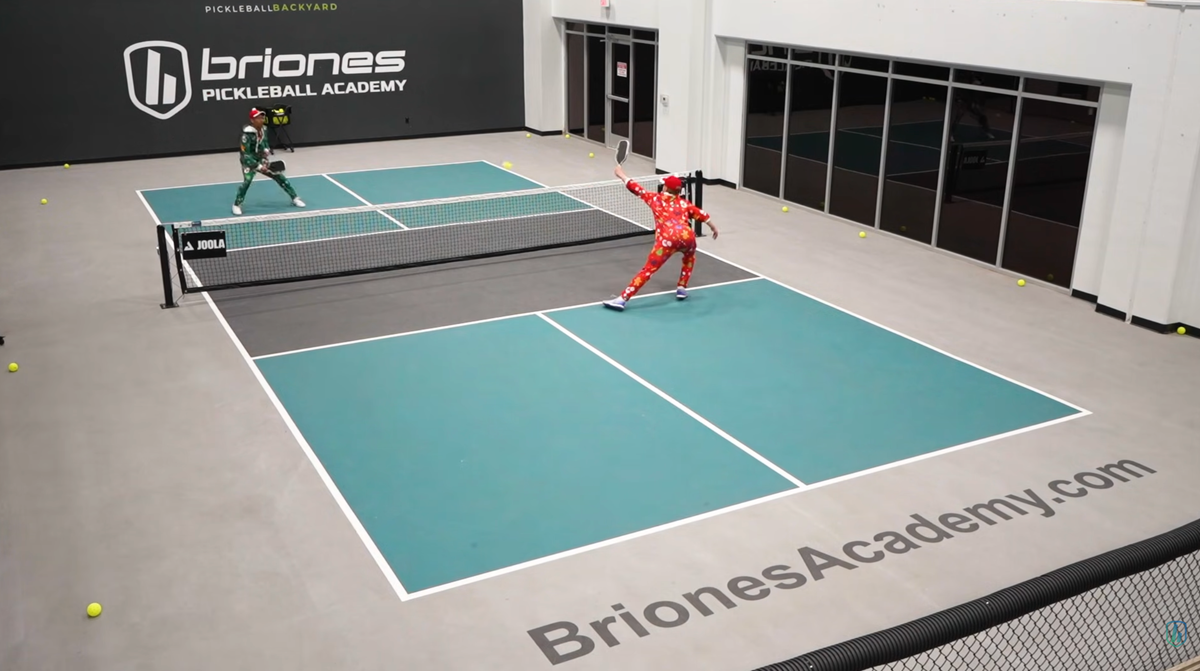
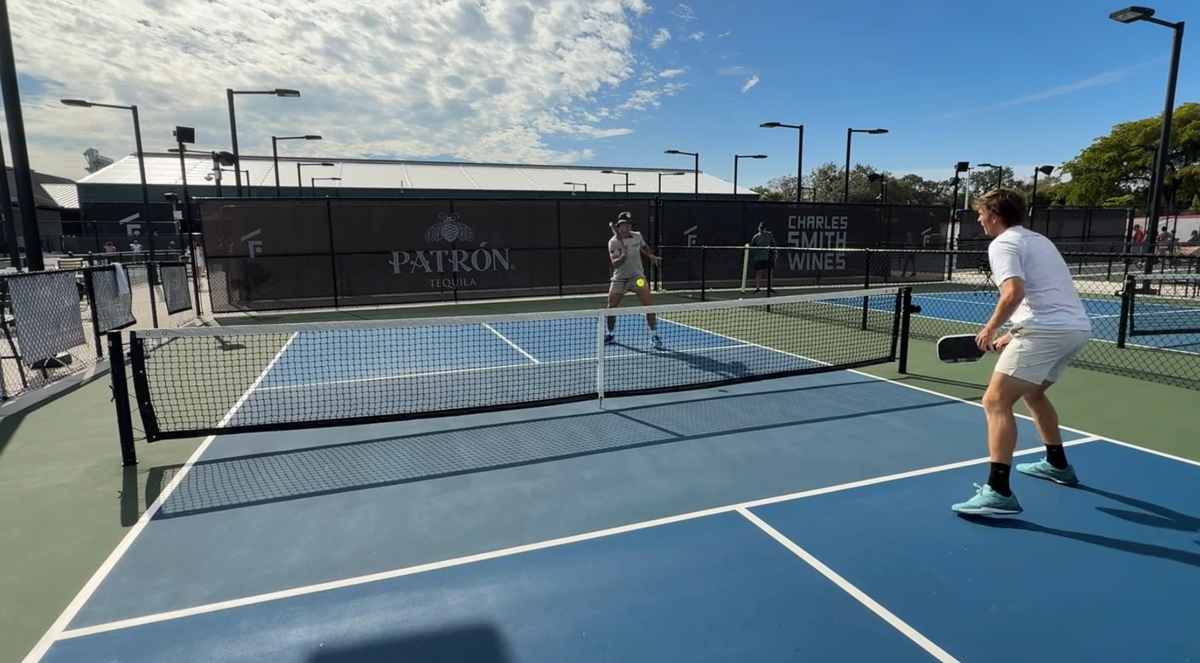
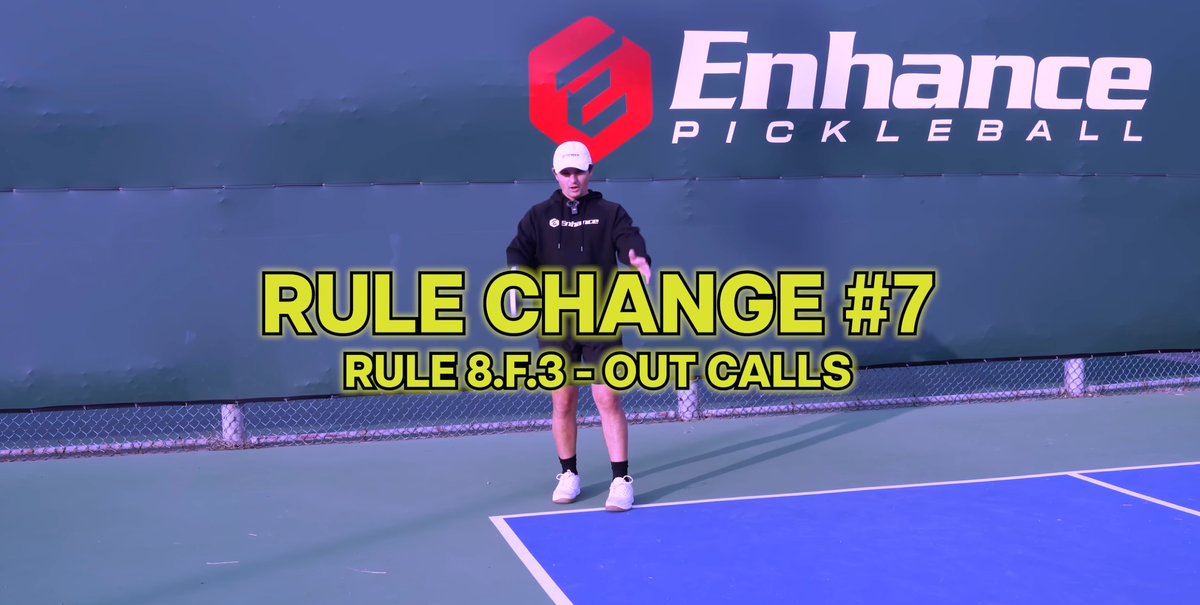
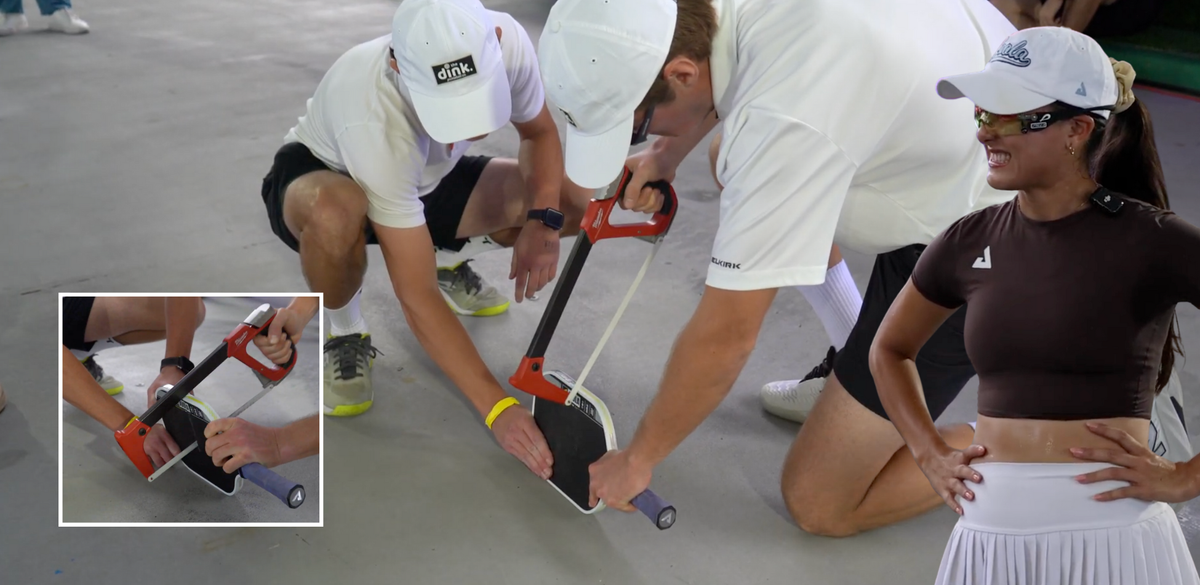




 English (US) ·
English (US) ·  Portuguese (BR) ·
Portuguese (BR) ·